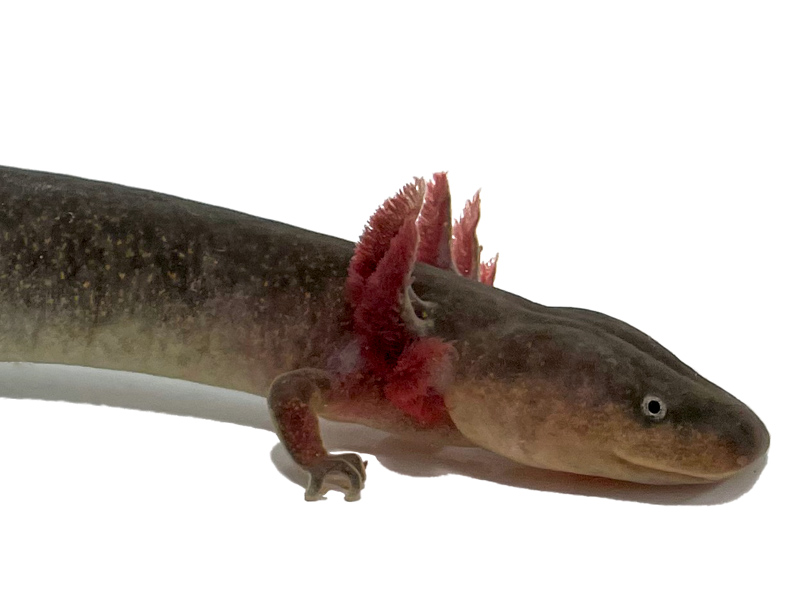
Gills on a Puppy Dog’s Face in the Duke Forest
March 29, 2022
Dwarf Waterdog (Necturus punctatus). Photo: Bryan Stuart/NCMNS. (Click to enlarge.) By Bryan Stuart, Research Curator of Herpetology Part of Reptile & Amphibian Month. Join us Thursday, March 31 for our final program, “Herp Workshop: Sing Along With Frogs“! The Dwarf Waterdog (Necturus punctatus) is a fully aquatic salamander that occurs in rivers and streams of… Read More >
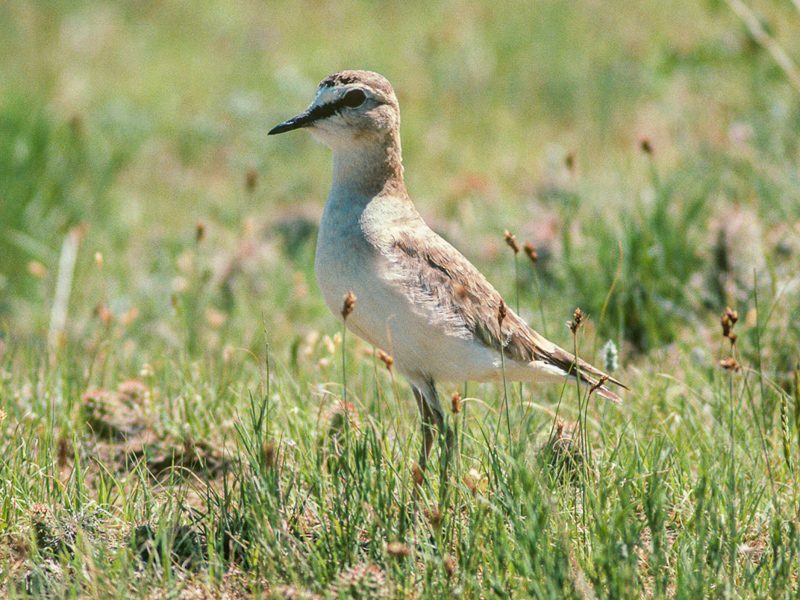
War halts project to track wildlife from space
March 25, 2022
A space-based animal tracking project followed mountain plovers tagged in Colorado. Photo: Nigel Bean/Minden Pictures. Scientists scramble to find new space-based receivers for animal tags after Russian-managed space station antenna goes silent The past 2 weeks have been very good—and very bad—for Martin Wikelski and Walter Jetz. In a key proof of principle of their… Read More >
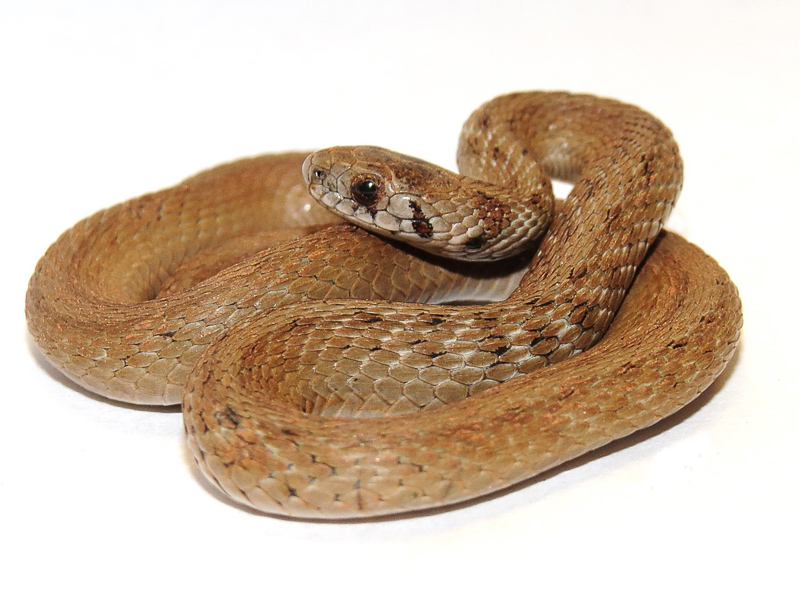
Gardening Season is Snake Season
Common (Northern) Watersnake. Photo © Lisa L. Yiannakis. As part of Reptile & Amphibian Month, Collections Manager for Live Animals Jeff Mette offers some advice about gardening during “snake season.” This month, signs of spring are arriving in North Carolina. Early flowers are blooming. Chorus frogs are calling. Worried people are posting photos of snakes to… Read More >
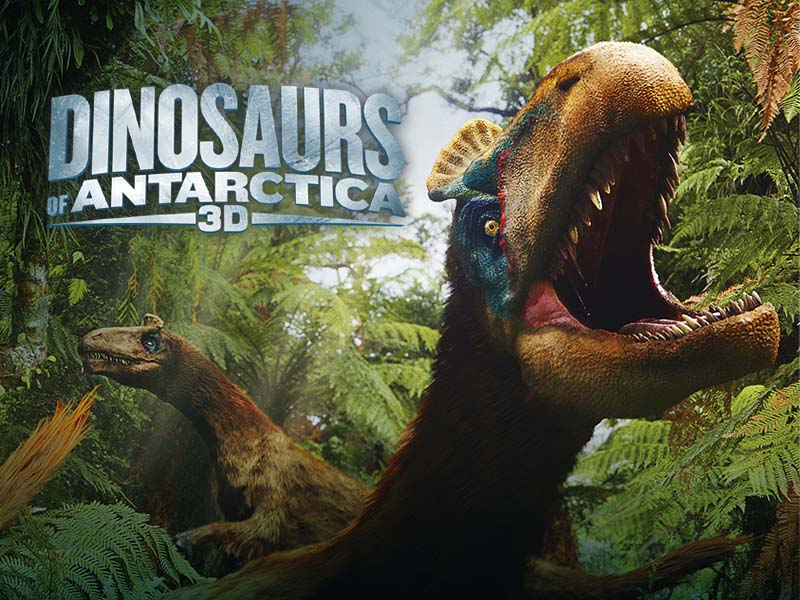
‘Dinosaurs of Antarctica’ opens at NC Museum of Natural Sciences 3D Theater
March 24, 2022
It’s the coldest, windiest place on Earth. But Antarctica’s wilderness was not always frozen. Journey to the south polar landscapes of Antarctica hundreds of millions of years ago, when “Dinosaurs of Antarctica 3D” opens at the North Carolina Museum of Natural Sciences on March 25. Roam the primitive forests and thick swamps with bizarre dinosaurs… Read More >
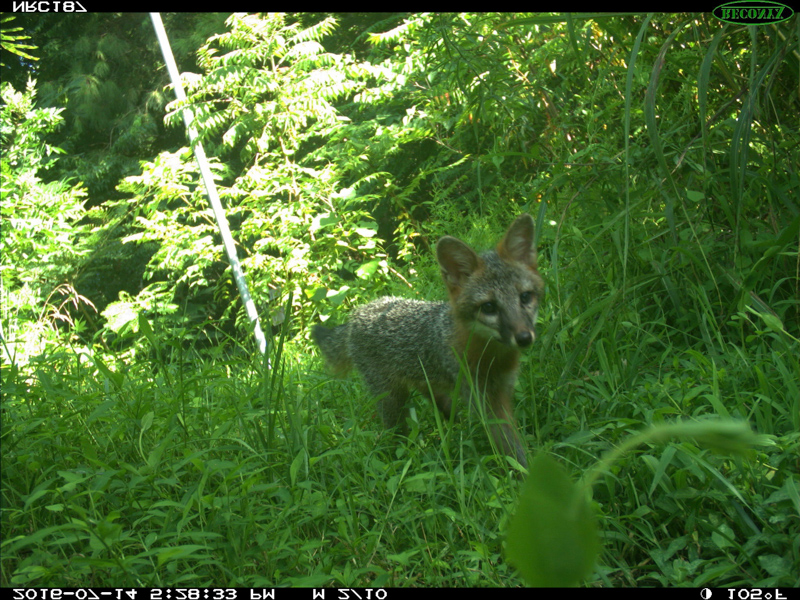
Tree Cover Helps Gray Foxes Coexist with Coyotes in the Country
March 21, 2022
A new paper from Roland Kays and Arielle Parsons (who also works in the Biodiversity Lab) has been published today: As coyotes have spread outside their native range into the eastern United States, they’ve been known to harass and kill North Carolina’s two native species of fox. A new study finds that preserving tree cover… Read More >

